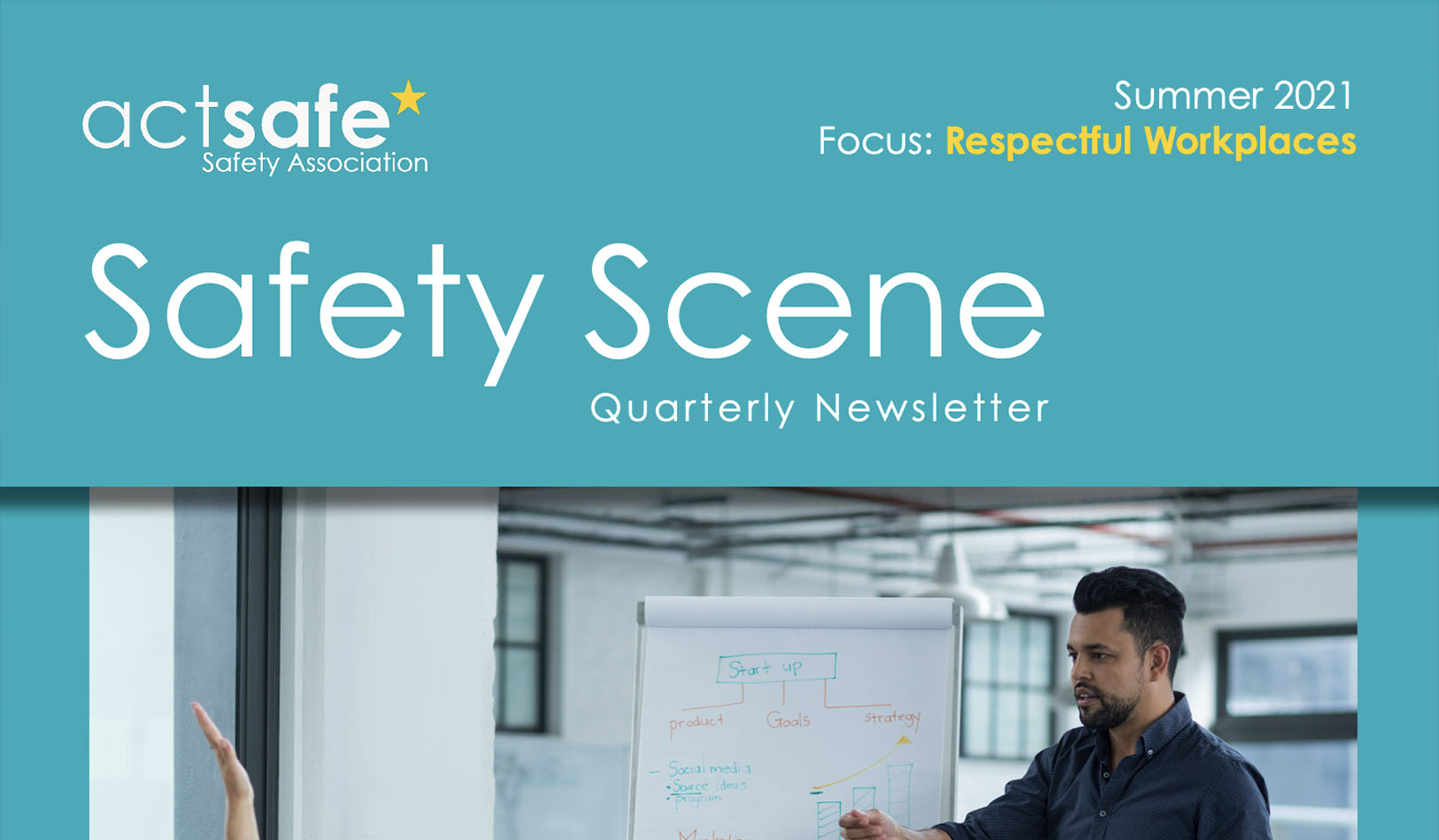As we transition out of the global pandemic to new ways of operating against a backdrop of an uncertain global economic outlook, workplaces are implementing strategies to ensure they can continue to conduct business in a rapidly changing environment.

One strategy often touted by organizations is to suggest “we employ people for their skills and talent”, or “we hire the best qualified candidate for the job”. This statement implies that as an organization they have sought talent from a wide and varied pool of candidates, and yet data shows that the 25% of Canadians who are living with a disability are vastly underemployed. The obvious explanation is that companies are selecting candidates from a limited pool of potential employees when trying to find the best candidate. The benefit of focusing on hiring a more diverse and inclusive workforce not only opens companies to a significant untapped workforce and customer base but becomes a clear strategy for organizational growth and resilience.
The Work Wellness Institute recently completed a research project on organizational readiness to hire and retain individuals with disabilities in the workplace. In this research, the importance of establishing or facilitating work conditions that contribute to safe, healthy, inclusive, and productive workplaces is clear. There is strong correlational evidence that ‘organizational readiness’ to recruit and retain people with mental health and physical disabilities is associated with underlying values and operational policies and practices closely related to factors that contribute to employee engagement.
Research demonstrates that companies who pay attention to employee wellbeing and building a diverse workforce benefit from higher revenues, are more creative, make better decisions, and outperform competitors.
However, a diverse workforce does not necessarily equate to an inclusive workforce. An inclusive workplace is one where individuals with varying backgrounds and abilities feel welcome, supported, and valued for their contributions. It is a place where people living with visible and invisible disabilities feel safe to disclose their disabilities and have the same access to equal opportunity for advancement as their co-workers.
While many of us have struggled with feelings of isolation due to the pandemic, for those living with disabilities being asked to work from home and feeling isolated from their co-workers was already the norm. Just prior to the pandemic, a 2020 study conducted at Cardiff University in the UK asked those living with disabilities about their experiences in the workplace. The study uncovered widespread discrimination, negative attitudes by employers and colleagues, and a poor understanding of disability.
While this information is hardly new, those living with disabilities often experience that disclosing a disability will lead to their job application being filtered out.
For successful candidates that make it through the interview process, their requests for reasonable accommodation remain unaddressed. The pandemic has highlighted both a need for reform within our society, specifically with regards to disadvantaged communities suffering more economic and employment hardships over the past months, and provided us with a unique opportunity to rethink our approach to diversity and inclusion.
In our research, organizations that had more robust policies and practices conducive to recruitment and retention of people with physical and mental disabilities were also rated highly by employees for
- team functioning,
- organizational support,
- feeling valued, and
- leadership uses comprehensive andaccountable approaches to facilitating organizational change.
The message is clear. For organizations that want to succeed in our rapidly changing environment you must start investing in the education of your organization’s leadership concerning recruitment and retention, including accommodation of people to create a more inclusive and diverse workforce. Organizations can accomplish this by scheduling workshops on diversity and cultural training where the objective is to destigmatize or end unconscious bias around disability. Organizations can also benefit from a comprehensive evaluation of their workplace looking at truly how inclusive they are. Are all washrooms accessible? Do people make thinly veiled comments about mental health issues? Do you talk about inclusivity in your employee onboarding? Once leadership takes a hard look at the organization, building an inclusive culture means that you may need to create new policies or abolish some previous ones entirely.
From a change management perspective simply creating inclusive workplace policies isn’t enough. It’s crucial that leadership communicate expectations to your workforce and open two-way communication channels asking for feedback. Prioritize discussion of your inclusive workplace efforts in everyday conversation and leaders will start shifting organizational culture and realize the benefit of including people from all walks of life. Only then will you leverage the abilities of the whole workforce to survive and thrive our ever-changing environment.
This article was written for our quarterly newsletter, Safety Scene. You can find a link to the full edition below.



Share Now: